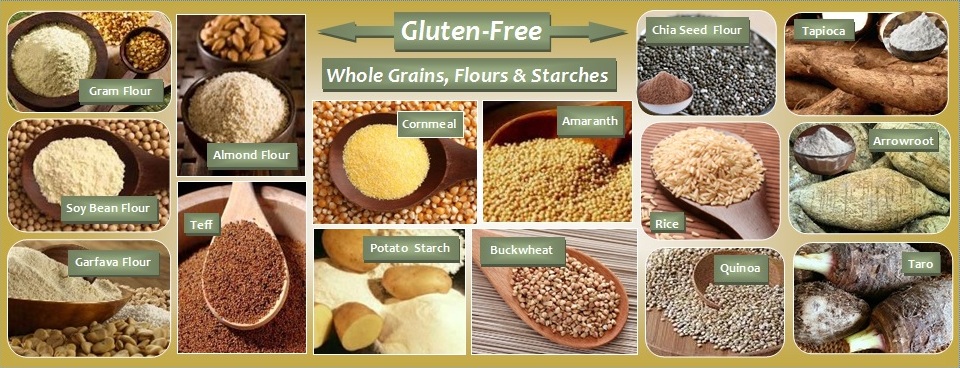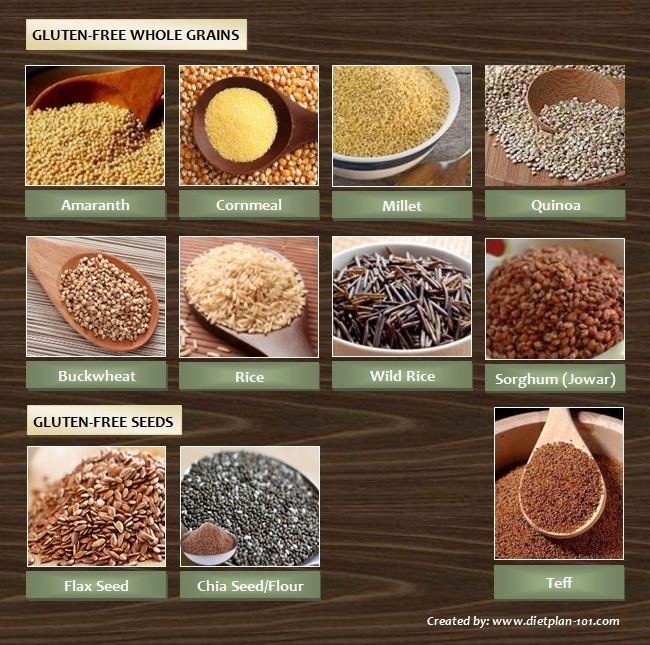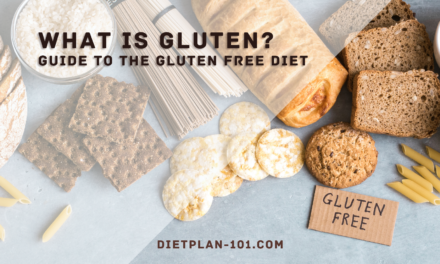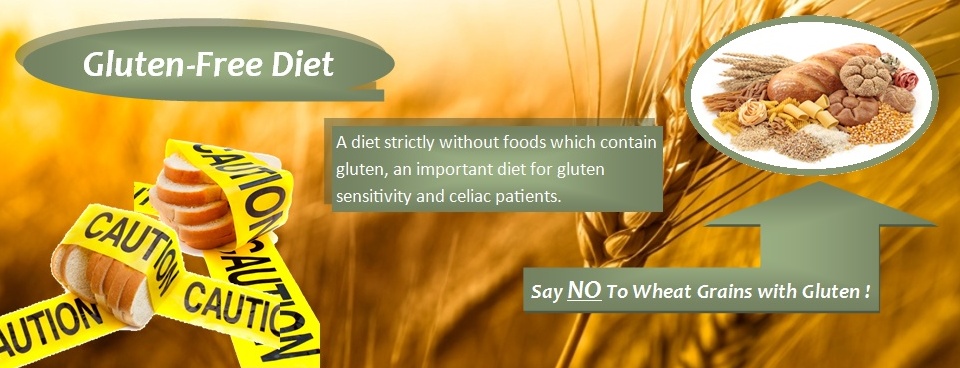Going gluten-free is a great decision and needs to be done carefully and in the right way or your health will be affected. Gluten-free diets are likely to lack certain vitamins, minerals as well as fiber. Among the vitamins are Vitamin B1 (or thiamine), Vitamin B3 (or niacin), Vitamin B9 (or folic acid), and Vitamin B12, while the minerals iron, calcium, zinc, and phosphorus. Thus, you need to carefully plan your gluten-free meals so that all the important nutrients which have been eliminated due to the elimination of gluten are properly replaced.
Substitutes for Whole Grains, Flours, and Starches
Always replace wheat with gluten with other natural and healthy gluten-free grains, such as buckwheat, quinoa, millet, amaranth (amaranth pasta recipe), etc. Other starch sources which are gluten-free are such as corn, potatoes, rice, and tapioca.
Almond flour, gram flour (or chickpea flour), garfava flour (a mix of chickpeas and fava beans) pure buckwheat flour, soybean flour, and chestnut flour are some examples of gluten-free flour which can be used as a substitute for wheat flour. Other nutritional foods which are great for a gluten-free diet are legumes (e.g. beans, peas, lentils, seeds, and nuts), eggs, lean meat, poultry, fish, fresh fruits and vegetables, as well as dairy products (preferably low-fat).
Foods to be Avoided: Whole Grains with Gluten
Besides knowing nutritious gluten-free foods, you should also have a knowledge of foods containing gluten, which will ruin your gluten-free life. Among these are whole grains such as barley, rye, farro, wheat berries, durum wheat (usually used to make pasta), triticale, spelt, etc.
Gluten-free meal planning might be difficult and tough if you are a beginner. Consulting a qualified dietitian or nutritionist is a good idea as he or she will surely help much in your meal planning and ensure a healthy and balanced diet without gluten.








